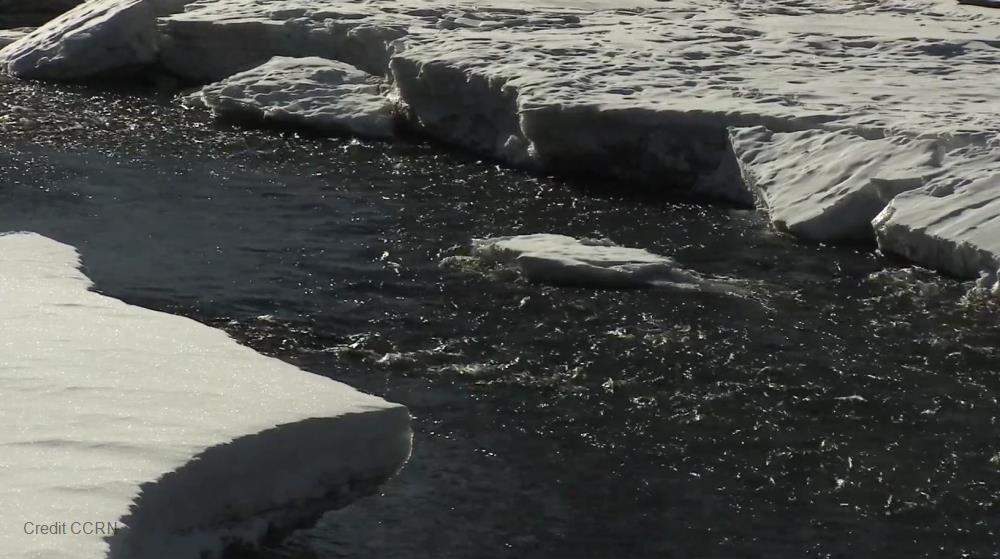Hydrologic simulations for North America generated with the Structure for Unifying Multiple Modelling Alternatives (SUMMA)
All data processing is tracked in scripts written in open-source languages and stored in a (currently private) Github repository to facilitate transparent and reproducible science. Input data includes:
-Time series of meteorological variables (precipitation, wind speed, temperature, shortwave radiation, longwave radiation, air pressure, specific humidity) from the ERA5 data set (Copernicus Climate Change Service, 2017)
-Digital maps of soil properties from the SOILGRIDS data set (Hengl et al., 2017)
-Digital maps of land use data from the MODIS MCD12Q1_V6 data set (Friedl et al., 2019)
-Catchment boundary and river network information from the Merit Hydro data set (Yamazaki et al., 2019)
References:
Copernicus Climate Change Service (C3S) (2017): ERA5: Fifth generation of ECMWF atmospheric reanalyses of the global climate, Copernicus Climate Change Service Climate Data Store (CDS), 2020-03-26.
https://cds.climate.copernicus.eu/cdsapp#!/home Friedl, M., Sulla-Menashe, D. (2019). MCD12Q1 MODIS/Terra+Aqua Land Cover Type Yearly L3 Global 500m SIN Grid V006 [Data set]. NASA EOSDIS Land Processes DAAC. Accessed 2020-05-20 from
https://doi.org/10.5067/MODIS/MCD12Q1.006 Hengl T, Mendes de Jesus J, Heuvelink GBM, Ruiperez Gonzalez M, Kilibarda M, Blagotić A, et al. (2017) SoilGrids250m: Global gridded soil information based on machine learning. PLoS ONE 12(2): e0169748.
https://doi.org/10.1371/journal.pone.0169748 Yamazaki D., D. Ikeshima, J. Sosa, P.D. Bates, G.H. Allen, T.M. Pavelsky. MERIT Hydro: A high-resolution global hydrography map based on the latest topography datasets. Water Resources Research, vol.55, pp.5053-5073, 2019,
https://doi.org/10.1029/2019WR024873
Model-agnostic benchmarking – development of a multi-scale, multi-variate model evaluation scheme that can be used to diagnose the process fidelity of any Earth System Model, as part of a wider model-agnostic benchmarking system. Objectives are:
1) Generate hydrologic simulations for the North America domain
2) Collect and synthesize multi-scale and multi-variate evaluation data
3) Define diagnostic evaluation metrics based on hydrologic theory and available data
4) Use the defined diagnostic evaluation metrics to assess process fidelity of the North America simulations
5) Define development goals for the model used to generate North America simulations
This project supports the geospatial intelligence theme of the GWF Core Modelling and Forecasting Team.
Hydrologic computer models are used to simulate the availability of water on the land surface. These simulations are important for many purposes, such as predicting how much water will be available for energy generation, agriculture, consumption, etc. These simulations are being performed for every stream and river basin in North America. The goal of this project is to improve the methods we use to see how accurate these simulations are.


 GWFNet
GWFNet Master
Master Data
Data Research
Research Map
Map
 Advanced
Advanced Tools
Tools
 . . .
. . .
 Metadata Editor
Metadata Editor
 Record List
Record List
 Alias List Editor
Alias List Editor
 Legacy sites
Legacy sites